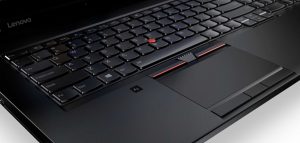tl;dr: If you feel like you want to donate to the LVFS, you can now do so here.
Nearly 100 million files are downloaded from the LVFS every month, the majority being metadata to know what updates are available. Although each metadata file is very small it still adds up to over 1TB in transfered bytes per month. Amazon has kindly given the LVFS a 2000 USD per year open source grant which more than covers the hosting costs and any test EC2 instances. I really appreciate the donation from Amazon as it allows us to continue to grow, both with the number of Linux clients connecting every hour, and with the number of firmware files hosted. Before the grant sometimes Red Hat would pay the bandwidth bill, and other times it was just paid out my own pocket, so the grant does mean a lot to me. Amazon seemed very friendly towards this kind of open source shared infrastructure, so kudos to them for that.
At the moment the secure part of the LVFS is hosted in a dedicated Scaleway instance, so any additional donations would be spent on paying this small bill and perhaps more importantly buying some (2nd hand?) hardware to include as part of our release-time QA checks.
I already test fwupd with about a dozen pieces of hardware, but I’d feel a lot more comfortable testing different classes of device with updates on the LVFS.
One thing I’ve found that also works well is taking a chance and buying a popular device we know is upgradable and adding support for the specific quirks it has to fwupd. This is an easy way to get karma from a previously Linux-unfriendly vendor before we start discussing uploading firmware updates to the LVFS. Hardware on my wanting-to-buy list includes a wireless network card, a fingerprint scanner and SSDs from a couple of different vendors.
If you’d like to donate towards hardware, please donate via LiberaPay or ask me for PayPal/BACS details. Even if you donate €0.01 per week it would make a difference. Thanks!
